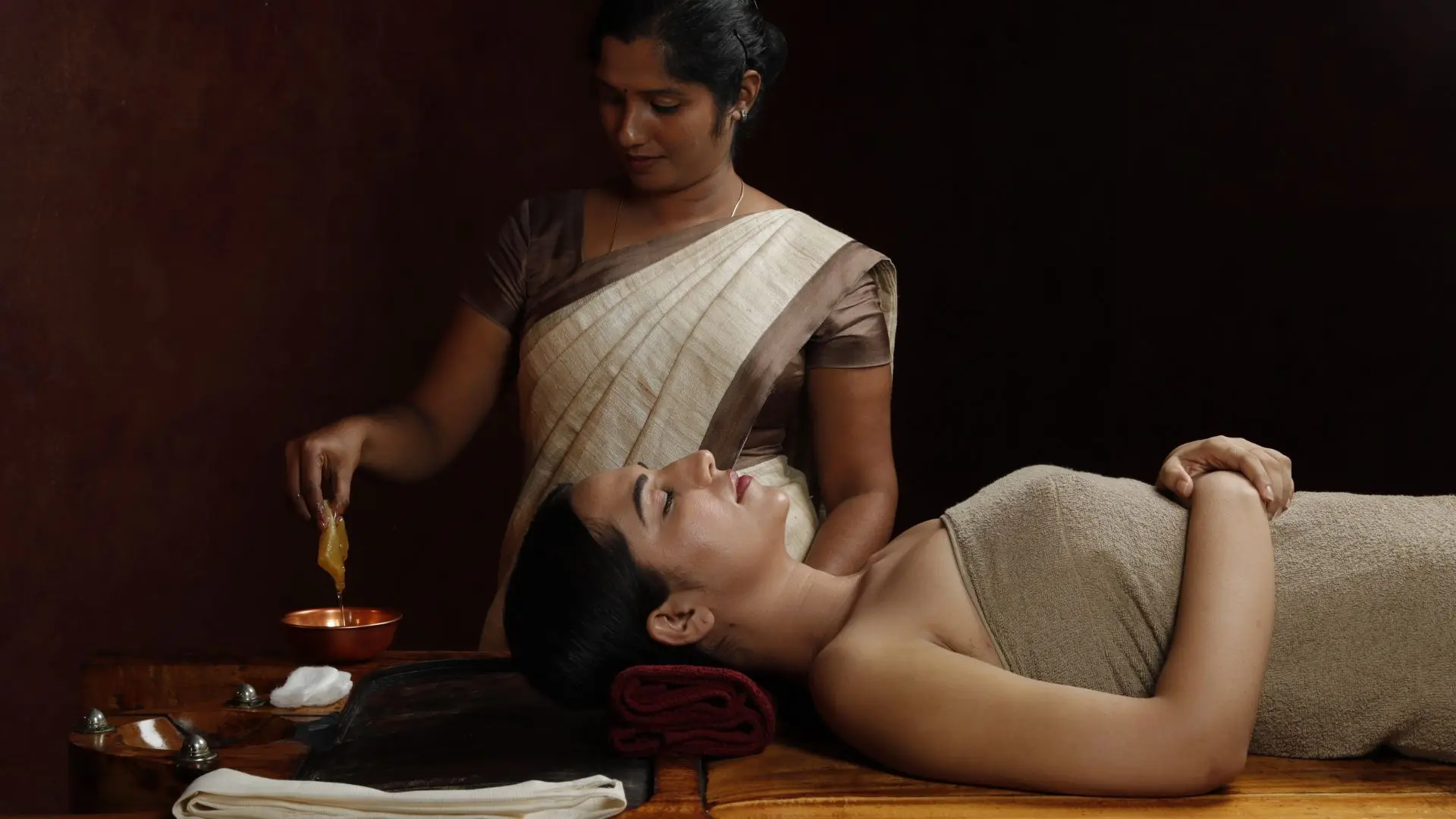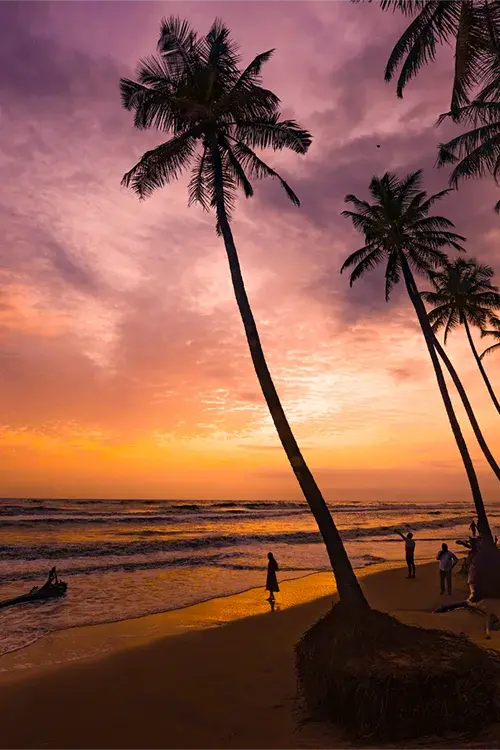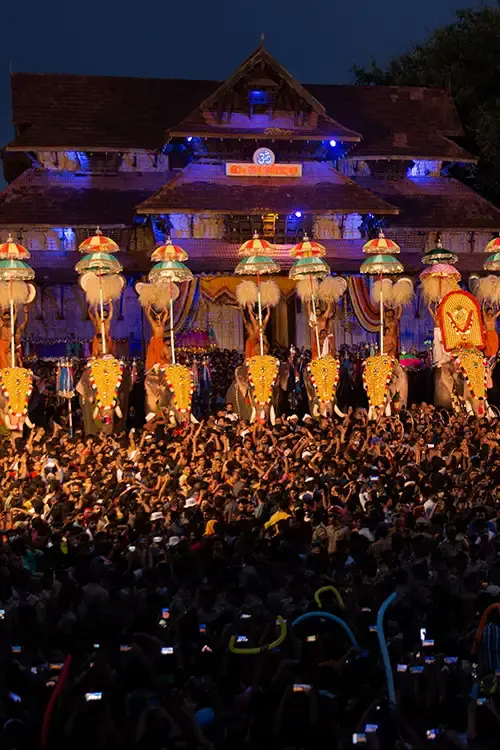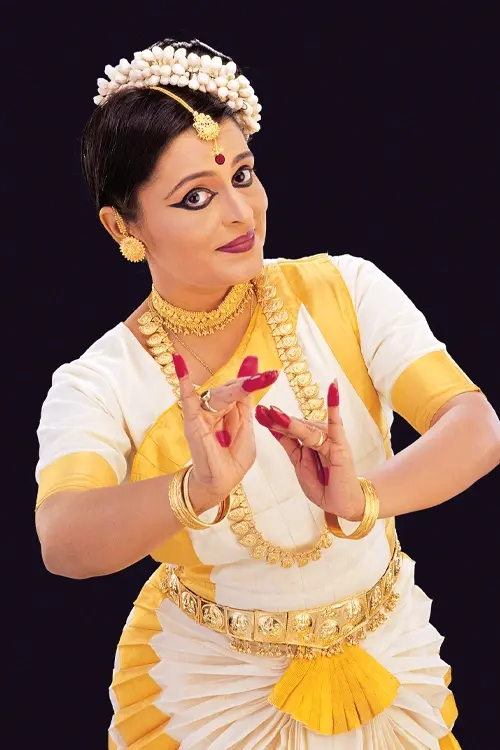Enchanting Kerala
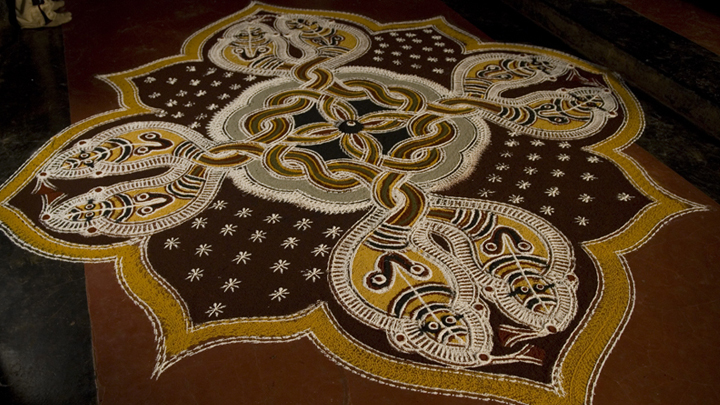
Kalamezhuthu - Grains of Immaculate Expressions
“What magic can coloured powder possibly create?” you wonder!
The ancient ritual of Kalamezhuthu in which, coloured powders made from natural ingredients are mixed with equal measures of devotion, passion and beauty and then applied to create detailed images of deities, will answer all your queries.
Though associated with temples in Kerala, Kalamezhuthu has elements of tribal and Dravidian cultures. It is an integral part of rituals like Ayyappan Theeyattu, Bhadrakali Theeyattu, Sarpam Thullal, Mudiyettu, and Kalampattu.
The coloured powders used for the Kalam (surface of the ground marked for drawing) are prepared from natural products. The pigments are extracted from plants - rice flour (white), charcoal powder (black), turmeric powder (yellow), powdered green leaves (green) and a mixture of turmeric powder and lime (red). It often takes more than two hours to finish a Kalam drawing with appealing perfection. Decorations like a canopy of palm fronds, garlands of red hibiscus flowers and Thulasi or Ocimum leaves are hung above the Kalam.
The deities usually depicted are Goddess Bhadrakali, Lord Ayyappa, Naga Devata (serpent goddess) etc. These drawings, essentially non-Aryan in nature, are impregnated with a unique vibrancy that inspires awe and devotion among the devotees. There are certain traditional norms followed by the artistes in this type of drawing, which varies according to the traditions followed, the communities involved and the deities worshipped or drawn.
Kalam drawing begins with the outline using powdered rice, which is also used to create the colour white. The deity is drawn in bright colors on a dark background. When the bell metal lamps placed at the four corners of the drawing are lighted, what unfolds is an enticing piece of art.
